
Senior writer Tina Hesman Saey is a geneticist-turned-science writer who covers all things microscopic and a few too big to be viewed under a microscope. She is an honors graduate of the University of Nebraska-Lincoln where she did research on tobacco plants and ethanol-producing bacteria. She spent a year as a Fulbright scholar at the Georg-August University in Göttingen, Germany, studying microbiology and traveling. Her work on how yeast turn on and off one gene earned her a Ph.D. in molecular genetics at Washington University in St. Louis. Tina then rounded out her degree collection with a master’s in science journalism from Boston University. She interned at the Dallas Morning News and Science News before returning to St. Louis to cover biotechnology, genetics and medical science for the St. Louis Post-Dispatch. After a seven year stint as a newspaper reporter, she returned to Science News. Her work has been honored by the National Academies of Sciences, Engineering and Medicine, the Endocrine Society, the Genetics Society of America and by journalism organizations.

Trustworthy journalism comes at a price.
Scientists and journalists share a core belief in questioning, observing and verifying to reach the truth. Science News reports on crucial research and discovery across science disciplines. We need your financial support to make it happen – every contribution makes a difference.
All Stories by Tina Hesman Saey
-
 Health & Medicine
Health & MedicineWhat the new phase of the coronavirus outbreak in the U.S. means for you
U.S. health experts warn there are probably many undetected COVID-19 cases already here, raising chances the disease will soon be widespread.
-
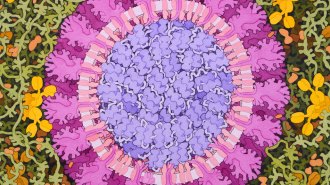 Health & Medicine
Health & MedicineTo tackle the new coronavirus, scientists are accelerating the vaccine process
Scientists are turning to nontraditional approaches to create vaccines and therapeutics that target the novel coronavirus.
-
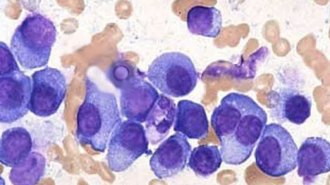 Health & Medicine
Health & MedicineCRISPR-edited immune cells for fighting cancer passed a safety test
Immune cells engineered with CRISPR to fight cancer made some errors, but caused no serious side effects in participants of a small clinical trial.
-
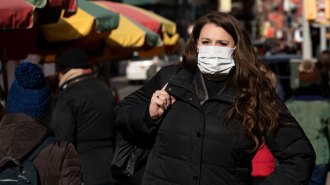 Health & Medicine
Health & MedicineScientists question White House measures to limit spread of coronavirus
The White House announced new steps to fight the coronavirus outbreak, in what’s becoming one of the biggest public health challenges in decades.
-
 Health & Medicine
Health & MedicineThe first case of coronavirus being spread by a person with no symptoms has been found
Coronavirus cases among coworkers in Germany suggest that the virus can spread from person to person before symptoms appear, similar to the flu.
-
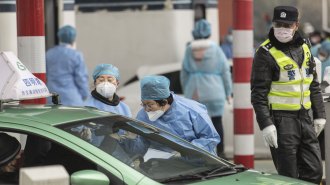 Health & Medicine
Health & MedicineCan the coronavirus outbreak be contained?
More than 50 million people are quarantined in China, but whether the strategy will stem the epidemic’s spread is unclear.
-
 Health & Medicine
Health & MedicineHow the new coronavirus stacks up against SARS and MERS
Coronaviruses are a diverse family that may be becoming more threatening to people.
-
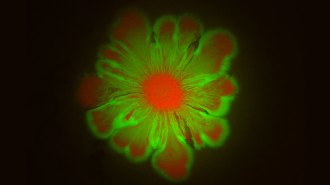 Life
LifeHow bacteria create flower art
Different types of microbes growing in lab dishes can push each other to make floral patterns.
-
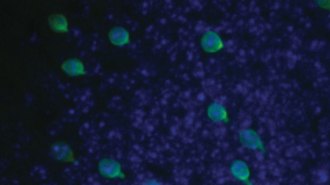 Health & Medicine
Health & MedicineHairy cells in the nose called brush cells may be involved in causing allergies
Some hairy cells in the nose may trigger sneezing and allergies to dust mites, mold and other substances, new work with mice suggests.
-
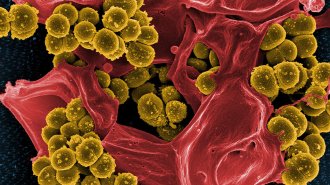 Microbes
MicrobesMicrobes slowed by one drug can rapidly develop resistance to another
Hunkering down in a dormant, tolerant state may make it easier for infectious bacteria to develop resistance to antibiotics.
-
 Health & Medicine
Health & MedicineA bioethicist says scientists owe clinical trial volunteers support
Researchers should be aware that many insurance policies do not cover experimental procedures, including side effects that may happen afterward.
-
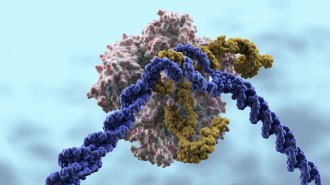 Genetics
GeneticsThe first U.S. trials in people put CRISPR to the test in 2019
Trials of the gene editor in people began in the United States this year, a first step toward fulfilling the technology’s medical promise.